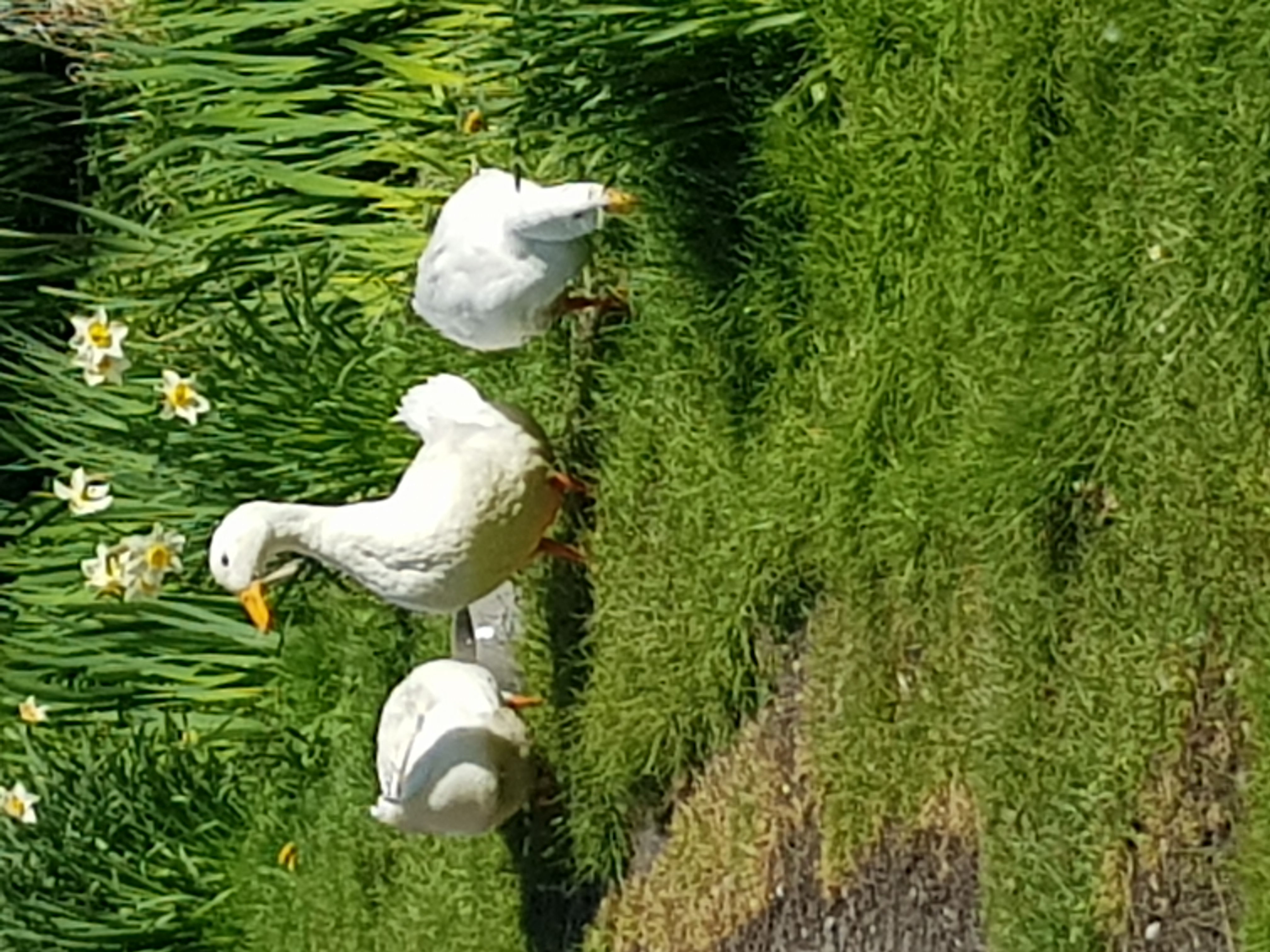Troubleshooting common stove issues
- Michelle Kervin

- Jun 14, 2014
- 4 min read
Do you have a smoking chimney or stove?
Your chimney or stove can produce smoke from the wrong end for a number of reasons, but what can you do to stop it?
Basic maintenance.
Having your chimney swept regularly (at least once per year) including the flue connecting the stove to the chimney will keep it clear for flue gassses to pass through.
Regularly check for soot build up on your baffle plate, this is also known as a throat plate – it’s the plate that sits between the top of the stove and the fire box to deflect the flames from going up the flue. It also helps to keep heat inside the stove. Because a lot of the fires energy is focused on it, it can get very hot when the stove is in use – making any build up of soot or tar smoulder.
Do you have a damper fitted to your stove or flue? check this is working correctly and also free from soot build up.
Check that all joints on the stove that are supposed to be sealed, are sealed. If any need to be re-sealed you can use fire cement to do so.
Check the fire rope seals in your stove around the doors and glass, replace any that are missing or frayed.
Ensure that your chimney has enough height to draw effectively, the recommended height is 4.5 metres although some chimneys work with less height.
You may need to have your chimney lined, lining a chimney can increase a stoves performance and save you money on fuel.
Ensure your cowl and chimney pot are the correct size and type for your chimney.
Is the weather effecting you?
Strong winds can create pressure differences outside the chimney which cause air to be sucked down the chimney instead of blown out. You may be able to solve this with a chimney fan or an anti down draught cowl, H pots or rotating cowl.
Cold weather and rain can also effect the chimney if a suitable cowl is not used as the wether can enter the chimney and cool the rising gasses.
Does your stove require additional ventilation?
A fire requires oxygen in order to burn so current building regulations state that for each Kw over 5 the stove is rated at, 550 sq mm of ventilation is required to help the stove burn. This can be in the form of an airbrick or a ventilator near the stove. Without enough ventalation the fire cannot find the energy to burn hot, this produces colder gasses which fall back into the stove.
Are you experiencing Downdraught?
You can recognise down draught by a smoking chimney or stove, this is due to air being pushed back down the chimney which results in the air puffing out of the stove. There are other reasons why chimneys smoke which can often be confused with downdraught. If your chimney is smoking due to downdraught it will not smoke continuously because wind can travel from any direction, so one day it may smoke and another it may function perfectly well. Downdraught often occurs when the chimney does not have enough height to clear the roof or surrounding trees or buildings.
Your chimney should have a clear passage of air over it. To solve downdraught issues you may need to add a taller chimney pot or use a special anti downdraught cowl.
Is the stove slow to start or producing little heat?
Ensure the chimney and flue are clear by having them swept regularly.
Check your baffle plate for soot build up.
If you have fitted a damper to the stove check it is operating correctly.
Is the chimney lined and insulated? chimneys need to get warm to operate well so if your chimney is large and cold the gasses may cool before they can leave the chamber, cooled gasses are heavier and will not rise, they will set on the chimney walls and turn to a tar like substance if not expelled. Lining and insulating your chimney will produce the correct atmosphere to help the stove draw well.
Is your stove running too fast or hot? are you having difficulty shutting it down?
This could be due to the stove drawing excess air in from outside so check all the stove joints and re-seal where required with fire cement.
Check and replace any frayed or missing rope seals.
Check your stove for any cracks.
If it is safe to do so you may wish to fit a damper or flue draught stabiliser to the stove or flue. This will reduce the amount of air being drawn through the stove and therefore slow down the combustion of the fuel inside.
Is there a large amount of tar building up in your stove?
Could it be your fuel? Burning wet timber can produce tar, only burn timber that has less than 25% moisture content. Alternatively if you have a multifuel stove burn a good quality solid fuel that is suitable for use with a stove.
To keep tar levels low you can buy an anti tar powder which you sprinkle onto the fire between sweeps.
Does your chimney need to be lined? Often chimneys that are large inside contain lots of tar because the flue gasses cool and harden before they can be released.
North Wales Stoves offer a HETAS registered chimney lining and installation service to compliment our great range of stoves and flue pipe. If you are in the North Wales, Cheshire or Wirral areas and would like advice and information on our stove fitting service or to book a survey please call us on 01745 822344 or email northwalesstovesltd@gmail.com.













































Comments